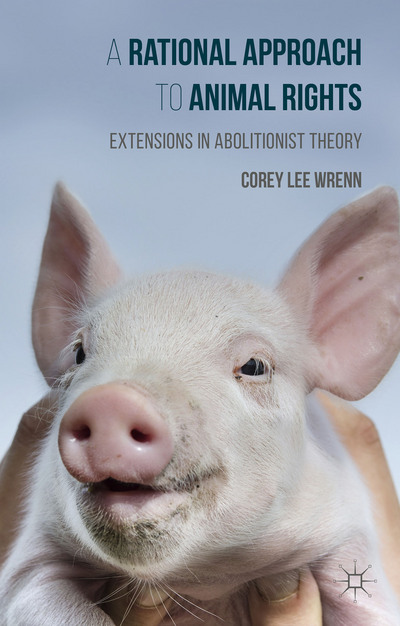A two-part content analysis I began in 2012 has just been published in Societies and the Journal of Agricultural and Environmental Ethics. The first study, published in JAEE examined media diversity in the Nonhuman Animal rights movement, the second study, published in Societies, expanded that analysis to include other movements for comparison. I conducted this research with the understanding that the vegan movement, for the most part, has escaped scientific analysis, although many theorists (such as Dr. Breeze Harper) have commented on the curious tendency for anti-speciesist media to portray mostly white, thin women. Vegan media is a vast and varied landscape, and my content analysis could only give a limited perspective. Yet, with so little prior research to inform vegan studies, a magazine analysis of high-profile publications is as good of a place to start as any.
I wanted to see exactly who was dominating the covers of vegan media (I particularly looked at VegNews and Animal Times). I was concerned that, as with Yoga Journal, which features almost all thin white women and reflects (or aggravates) the same demographic in yoga classes to the potential alienation of people of color and people of size, the Nonhuman Animal rights movement, too, could be presenting (and thus attracting) a very limited demographic. For comparison, I analyzed two magazines from the feminist movement and two from the gay rights movement.
The conclusion? None of the movements are adequately representative of their actual movement constituency or the diversity found in the wider public. The Nonhuman Animal rights movement, in particular, seems to love its skinny white women (probably as much as Yoga Journal, come to think of it!).
This is important for movements in two ways. First, any movement in the business of social justice should be concerned if its strategies are complacent in the marginalization of vulnerable groups. Second, a diverse constituency is not just an ethical problem, but a strategic one. Diversity is important for movement success.
The good news is that this is an easy enough fix. Vegan media producers could work more mindfully to ensure that no demographic is underrepresented. However, even if more diverse body types and backgrounds were to hit the covers, I don’t think the solution is so simple. If the movement structure itself doesn’t change to become less white-centric/thin-centric, non-normative cover subjects will only act as tokens. Diversity isn’t a matter of checking off quotas; it’s about redesigning the space to be more inclusive and safe for a variety of experiences and identities.

Readers can learn more about gender and race politics in the Nonhuman Animal rights movement in my 2016 publication, A Rational Approach to Animal Rights. Receive research updates straight to your inbox by subscribing to my newsletter.
